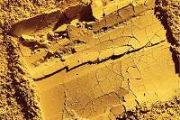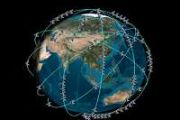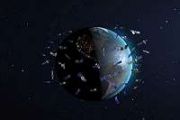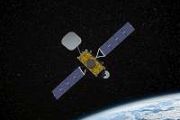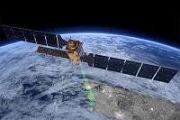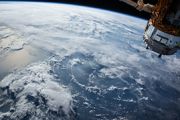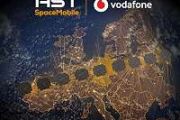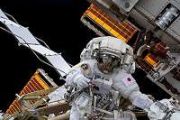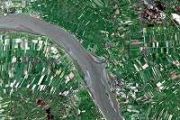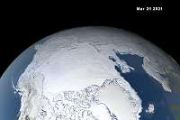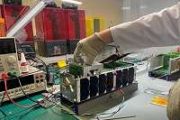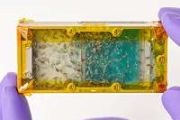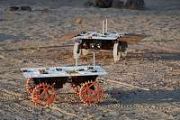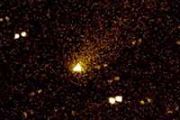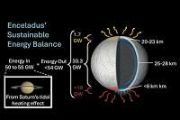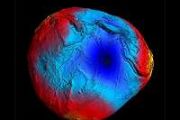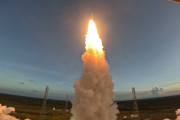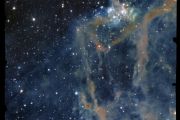
Copernical Team
Virgin Orbit completes final End-to-end Rehearsal for first UK launch
 virginorbit.com
Partners for the United Kingdom's first orbital launch announced that the initial window for the historic Start Me Up mission will officially open on Monday, 9 January at 22:16 UTC with additional back-up dates continuing into mid and late January. Start Me Up is a collaborative effort between the United Kingdom Space Agency (UKSA), Cornwall Council, the Royal Air Force, and Vir
virginorbit.com
Partners for the United Kingdom's first orbital launch announced that the initial window for the historic Start Me Up mission will officially open on Monday, 9 January at 22:16 UTC with additional back-up dates continuing into mid and late January. Start Me Up is a collaborative effort between the United Kingdom Space Agency (UKSA), Cornwall Council, the Royal Air Force, and Vir Cooling 100 million degree plasma with a hydrogen-neon mixture ice pellet
 At ITER - the world's largest experimental fusion reactor, currently under construction in France through international cooperation - the abrupt termination of magnetic confinement of a high temperature plasma through a so-called "disruption" poses a major open issue. As a countermeasure, disruption mitigation techniques, which allow to forcibly cool the plasma when signs of plasma instabilities
At ITER - the world's largest experimental fusion reactor, currently under construction in France through international cooperation - the abrupt termination of magnetic confinement of a high temperature plasma through a so-called "disruption" poses a major open issue. As a countermeasure, disruption mitigation techniques, which allow to forcibly cool the plasma when signs of plasma instabilities SpaceX Transporter-6 successfully launched Europe's first solar sail mission
 Kongsberg NanoAvionics (NanoAvionics) has announced the successful launch of Europe's first solar sail mission aboard SpaceX Transporter-6. The 6U nanosatellite nicknamed 'Alpha' was manufactured for France's Gama. It is one of four satellites, built by the Lithuanian smallsat mission integrator for multiple customers, that got sent into low Earth Orbit.
It is the first time for NanoAvioni
Kongsberg NanoAvionics (NanoAvionics) has announced the successful launch of Europe's first solar sail mission aboard SpaceX Transporter-6. The 6U nanosatellite nicknamed 'Alpha' was manufactured for France's Gama. It is one of four satellites, built by the Lithuanian smallsat mission integrator for multiple customers, that got sent into low Earth Orbit.
It is the first time for NanoAvioni Bullitt selects Skylo for its newly announced smartphones and two-way messaging service
 Skylo, a Non-Terrestrial Network (NTN) operator, focused on connecting anything, anywhere, announced that it is partnering with Bullitt Group, the innovative British smartphone manufacturer, as Bullitt's satellite connectivity partner for its two-way satellite messaging smartphone.
Available in Q1 2023, and on show for the first time at CES 2023, the smartphone will feature Bullitt's new m
Skylo, a Non-Terrestrial Network (NTN) operator, focused on connecting anything, anywhere, announced that it is partnering with Bullitt Group, the innovative British smartphone manufacturer, as Bullitt's satellite connectivity partner for its two-way satellite messaging smartphone.
Available in Q1 2023, and on show for the first time at CES 2023, the smartphone will feature Bullitt's new m ROCK Robotic announces ROCK Base, a 1,400-channel triple-frequency RTK base station
 ROCK Robotic announced the availability of ROCK Base, a state-of-the-art, triple-band multi-constellation RTK/GNSS base station. ROCK has also joined the Web3 GEODNET initiative, the world's largest decentralized GNSS reference network.
The combined solution will support critical applications in civil surveying, high-definition mapping and digital twin creation, as well as many next-genera
ROCK Robotic announced the availability of ROCK Base, a state-of-the-art, triple-band multi-constellation RTK/GNSS base station. ROCK has also joined the Web3 GEODNET initiative, the world's largest decentralized GNSS reference network.
The combined solution will support critical applications in civil surveying, high-definition mapping and digital twin creation, as well as many next-genera Retired NASA satellite expected to fall to Earth on Sunday
 A retired NASA satellite is expected to fall to Earth on Sunday after spending nearly 40 years in space, space officials said Friday.
The U.S. Defense Department has predicted that the 5,400-pound Earth Radiation Budget Satellite will reenter the atmosphere sometime within a 17-hour window of 6:40 p.m. EST on Sunday, NASA said in a statement.
The satellite is expected to mostly b
A retired NASA satellite is expected to fall to Earth on Sunday after spending nearly 40 years in space, space officials said Friday.
The U.S. Defense Department has predicted that the 5,400-pound Earth Radiation Budget Satellite will reenter the atmosphere sometime within a 17-hour window of 6:40 p.m. EST on Sunday, NASA said in a statement.
The satellite is expected to mostly b Scientists eager to analyze International Space Station experiments soon
 NASA is preparing for the return of multiple science experiments from the International Space Station in the hopes they might further aid mankind's future exploration of space.
A Dragon spacecraft that docked with the station on Nov. 27 is scheduled to return to Earth and splash down off the eastern coast of Florida on Jan. 9, NASA said in a press release.
The items being ferried
NASA is preparing for the return of multiple science experiments from the International Space Station in the hopes they might further aid mankind's future exploration of space.
A Dragon spacecraft that docked with the station on Nov. 27 is scheduled to return to Earth and splash down off the eastern coast of Florida on Jan. 9, NASA said in a press release.
The items being ferried Once in 50,000-year comet may be visible to the naked eye
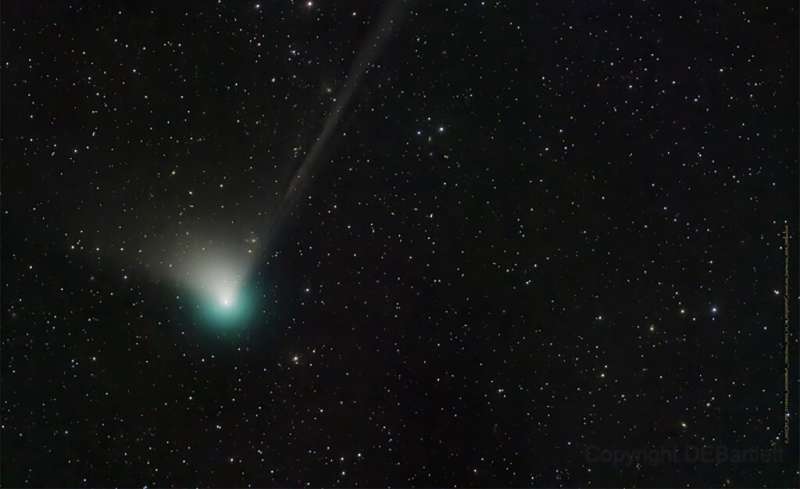
A newly discovered comet could be visible to the naked eye as it shoots past Earth and the Sun in the coming weeks for the first time in 50,000 years, astronomers have said.
The comet is called C/2022 E3 (ZTF) after the Zwicky Transient Facility, which first spotted it passing Jupiter in March last year.
After traveling from the icy reaches of our Solar System it will come closest to the Sun on January 12 and pass nearest to Earth on February 1.
It will be easy to spot with a good pair of binoculars and likely even with the naked eye, provided the sky is not too illuminated by city lights or the Moon.
The comet "will be brightest when it is closest to the Earth", Thomas Prince, a physics professor at the California Institute of Technology who works at the Zwicky Transient Facility, told AFP.
Old NASA satellite falling from sky this weekend, low threat
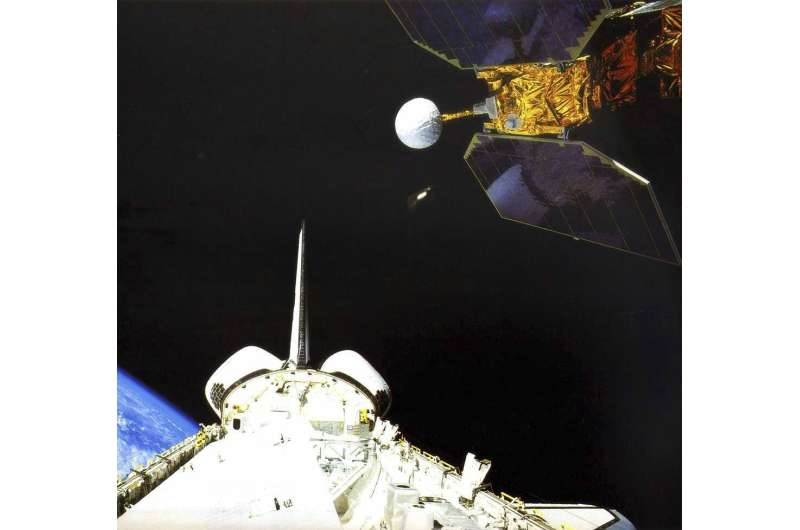
Stellantis to build electric aircraft with Archer and provide strategic funding for growth
 Stellantis N.V. (NYSE / MTA / Euronext Paris: STLA) and Archer Aviation Inc. (NYSE: ACHR) have agreed to significantly expand their partnership by joining forces to manufacture Archer's flagship electric vertical take-off and landing (eVTOL) aircraft, Midnight.
Stellantis will work with Archer to stand up Archer's recently announced manufacturing facility in Covington, Georgia at which the
Stellantis N.V. (NYSE / MTA / Euronext Paris: STLA) and Archer Aviation Inc. (NYSE: ACHR) have agreed to significantly expand their partnership by joining forces to manufacture Archer's flagship electric vertical take-off and landing (eVTOL) aircraft, Midnight.
Stellantis will work with Archer to stand up Archer's recently announced manufacturing facility in Covington, Georgia at which the 
